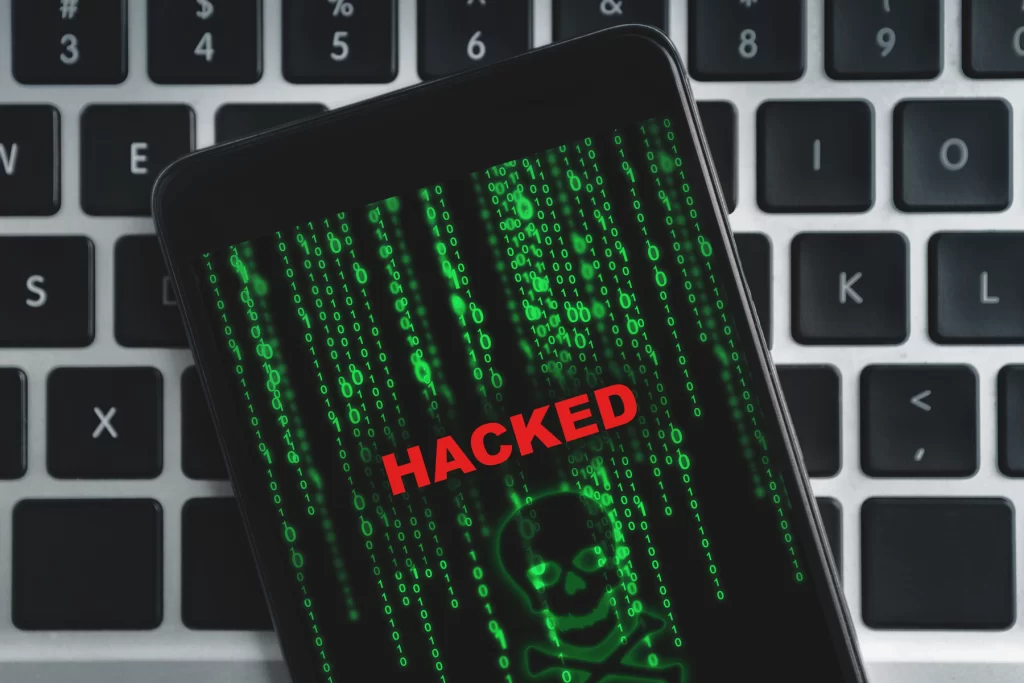Phone phreaking, a term originating from the 1970s, refers to the exploration and manipulation of telecommunication systems, particularly telephone networks. The practice has long been surrounded by a veil of misconceptions, often fueled by media sensationalism and misunderstanding. One of the most common myths is that phone phreakers are solely motivated by malicious intent or criminal activities. In reality, many early phone phreakers were simply hobbyists and tech enthusiasts interested in understanding and exploring the technology behind telephone systems. Their activities were often driven by curiosity rather than a desire to cause harm. Another misconception is that phone phreaking is synonymous with hacking into phone lines to make free calls. While it is true that some phreakers used their knowledge to bypass billing systems and make free calls, this was just one aspect of a much broader field of exploration. Phreakers often sought to understand and manipulate the intricate signaling systems used in telecommunication networks.

They experimented with different frequencies and tones, uncovering how calls were routed and how various features of the telephone network operated. This exploration was not always aimed at illicit activities; rather, it was an effort to learn and push the boundaries of what was technically possible. The association of phone phreaking with criminal activity is another area of misconception. While it is true that some individuals engaged in illegal activities under the guise of phreaking, the practice itself is not inherently criminal. The original phreakers were often engaged in lawful experimentation, and many contributed positively to the field of telecommunications. For instance, the techniques and knowledge developed by early phreakers contributed to the advancement of network security and the understanding of telecommunication systems. The community’s experiments and findings were, in many cases, valuable to the evolution of network technologies and security practices. While these decades were indeed pivotal for the phreaking community, the practice has evolved with technological advancements.
In the digital age, the principles of phone phreaking history have found their way into broader discussions about cybersecurity and digital privacy. Modern-day hackers and security experts build on the foundation laid by early phreakers, applying similar techniques to contemporary digital networks and systems. Finally, the image of the lone, rebellious hacker who operates in isolation is another misleading stereotype. The phreaking community was, in fact, quite collaborative. Phreakers shared information, techniques, and discoveries through informal networks, mailing lists, and phone conferences. This collaborative spirit was crucial in advancing their collective understanding of telecommunication systems. The sense of community and shared knowledge among phreakers reflects the broader culture of hacker ethics, which values curiosity, learning, and mutual assistance over mere criminality. In summary, phone phreaking encompasses much more than the stereotypes suggest. It is a multifaceted practice rooted in curiosity and technical exploration, with both positive and negative aspects. While some phreakers engaged in illicit activities, many contributed constructively to the field of telecommunications.